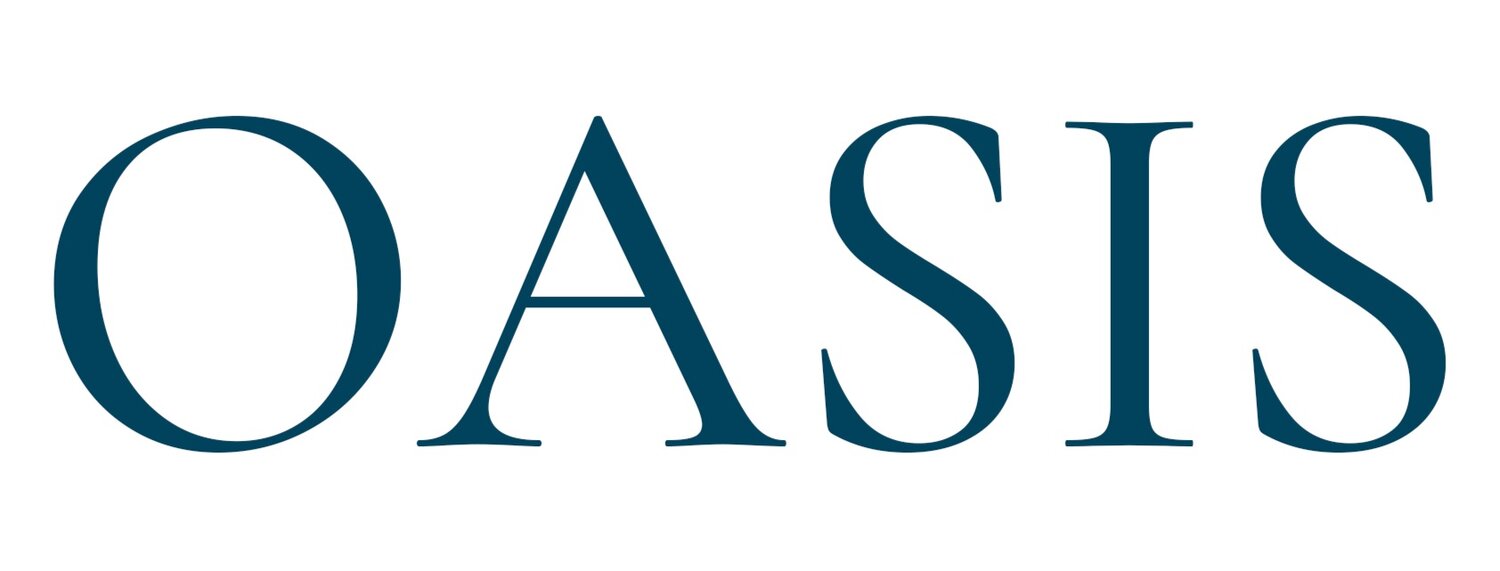“Population and climate change: who will the grand convergence leave behind?” Alisha Graves, Malcolm Potts, et al. in The Lancet
Martha M Campbell, John Casterline, Federico Castillo, Alisha Graves, Thomas L Hall, John F May, Daniel Perlman, Malcolm Potts, J Joseph Speidel, Julia Walsh, Michael F Wehner, Eliya Msiyaphazi Zulu
For many developing countries, investments in health have proved a great success. The Lancet Commission “Global health 2035: a world converging within a generation” and the 2014 Gates annual letter envision the possibility of a “grand convergence” by which more countries will have a child mortality rate as low as 15 per 1000 livebirths in 20 years time. We wish to draw attention to the special case of the least developed countries, which on present evidence are likely to be excluded from such a convergence. To start a discussion we will focus on the Sahel (the 1 million square-mile semi-arid zone of Africa stretching from the Atlantic to the Red Sea) where the clash of uniquely rapid population growth and some of the harshest effects of climate change are likely to have the greatest overall effects on health.
The population projections shown in the figure are the UN Population Division's medium variant. These projections could be exceeded unless much greater emphasis is given to family planning. Even assuming rapid decreases in family size from the current average of 7·6, the population of Niger alone will grow from 16 million today to 58 million by 2050. This increase is indicative of the formidable population momentum in the Sahel. More than 40% of the population is younger than 15 years.
In the absence of substantial cuts in greenhouse gas emissions by developed nations, the Sahel (because it is so dry already) is likely to suffer some of the worst effects of climate change, with temperature increases as high as 5–8°C by 2100 (figure 3). Extreme weather events will become more common, and the effect of global warming is likely to be felt over many sectors from health to agriculture. Vector-borne diseases are likely to increase. Climate change could reduce crop yields in sub-Saharan Africa by 22% for maize, and 8% for cassava.
In 2012, the University of California, Berkeley, CA, USA, and the African Institute for Development Policy, Nairobi, Kenya, hosted a multidisciplinary international meeting on the Sahel.5 Although recognising the serious threat that rapid population growth and desertification present in this region, the meeting also identified evidence-based solutions, including three key interventions. First, subsistence farmers and pastoralists need help to adapt to climate change. Adaptation will require the development of drought-resistant crops, methods to address changing patterns of pest infestations, improved crop storage, and more efficient water capture and storage. A multidisciplinary approach and a long-term vision are much needed—currently many interventions are not adopted until visible water shortages occur. Second, greater priority must be given to family planning. Political will must be garnered to advocate for international donors to invest in family planning, and Sahelian governments need to be more proactive. There is a well documented unmet need for family planning ranging from 16% to 35% of married women, calculated with the Demographic and Health Surveys STATcompiler, but in such high-fertility societies increased demand creation is also crucial. Where family planning has been brought to women in their own communities, as in Bangladesh, contraceptive use has increased rapidly, even among impoverished women.6, 7 Task shifting, for example training community volunteers to distribute injectable contraceptives,8 and increased emphasis on surgical sterilisation, intrauterine devices, and implants, together with access to comprehensive abortion care, are essential. Third, donors and governments need to invest heavily in women's empowerment. The status of women in the Sahel is low. Child marriage remains common, increasing a woman's likelihood of early pregnancy, and decreasing her chances of leading an autonomous life. Pregnancy in immature teenage girls is a major cause of maternal mortality and morbidity, such as obstetric fistula.9 Promotion of education is a key strategy to reduce child marriage and postpone the first birth. Programmes to build capacity by education and microfinance among pastoral communities have turned poor illiterate women into leaders who helped adapt their communities to drought.10 In a polygamous Hausa society in northwest Nigeria, with a median age of marriage of 14·6 years and where parents commonly viewed menarche as a sign of readiness for marriage, many parents are now willing to delay their daughters' marriages if offered help with school fees and books.
These three key interventions are regarded as mutually supportive. Although they involve long-term considerations, some, such as improved agricultural practices, have immediate payoffs. Programmes need to be integrated so as to exploit intrinsic multiplier effects. For example, educating girls facilitates the adoption of family planning and enhances income generation in the family. Rigorous research and assessment will be essential to build the evidence base for such urgently needed investments. Substantial gaps in demographic, agricultural, and health data need to be filled. Policies need to be designed to result in measurable, meaningful benefit to the most vulnerable populations. Interventions must be developed in a human rights framework, ensuring that the benefits do not drift only toward those with the most social and political capital.
Least developed countries, such as those in the Sahel, receive 0·09% of gross national income of industrialised countries in official development assistance—far less than what donors have committed.11, 12 To confront the formidable challenges facing the region, action must be immediate and large scale. On the basis of the model of the Lancet Commission, we suggest that a group of experts from the Sahel and research institutions elsewhere in the world should be convened to explore and document the cross-sectoral, scalable initiatives needed to avoid the Sahel (and other least developed regions) being totally excluded from the promise of improved health and welfare foreseen in the Lancet Commission.
We declare that we have no competing interests.
